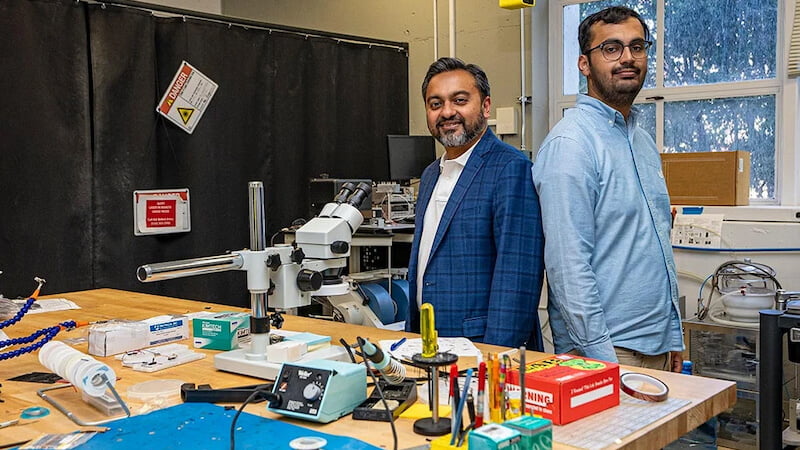
Researchers have developed a microcapacitor with record-breaking energy and power densities. This should enable energy to be stored directly on microchips.
Scientists at Berkeley Lab in the USA have developed a microcapacitor that is expected to significantly improve energy storage on microchips. The results mark a major step in microelectronics, as they could fundamentally change the way we store energy in electronic devices.
The new capacitors demonstrate record-breaking energy and power densities, making them ideal for integration into tiny electronic components. Researchers are working to make electronic devices smaller and more energy efficient by storing energy directly on the microchips.
The method has the advantage that it can minimize energy losses. After all, with direct storage on the chip, less energy needs to be transferred between different components of a device. Existing technologies do not yet meet these requirements.
New method eliminates weaknesses of previous approaches
The capacitors are made of thin films of hafnium oxide and zirconium oxide. The lead scientist at Berkeley Lab emphasized that the research demonstrates for the first time the extent to which electronic devices can store energy in microcapacitors made of thin films. The approach thus surpasses previously used methods.
Capacitors are fundamental components of electrical circuits and therefore also have the potential to store energy. Unlike batteries, they store energy in an electric field between two metal plates separated by a dielectric material.
They can be discharged quickly and do not degrade through repeated charge and discharge cycles. This gives the capacitors a longer lifespan than batteries. However, they have a lower energy density.
Researchers store energy using capacitors on microchips
Working with partners at MIT Lincoln Laboratory, the researchers incorporated the films into three-dimensional microcapacitor structures that the team previously cut using deep trenches in the silicon. The structures can achieve much higher capacitance per unit area, allowing for greater miniaturization and design flexibility.
The resulting devices demonstrate nine times higher energy density and 170 times higher power density compared to today's best electrostatic capacitors.
These high-performance microcapacitors could meet the demand for more efficient energy storage in microdevices such as IoT sensors and AI processors. The next step is for researchers to scale up the technology and integrate it into full-fledged microchips. Further research is also needed to determine the right choice of materials.
Also interesting:
Source: https://www.basicthinking.de/blog/2024/05/26/energie-mikrochips/


